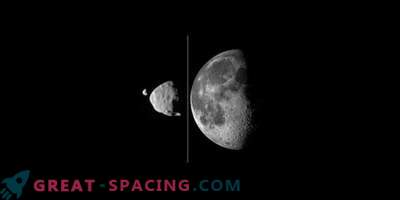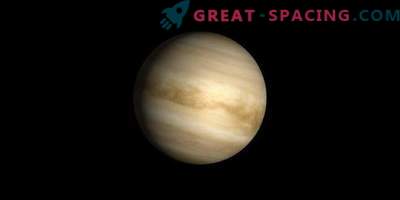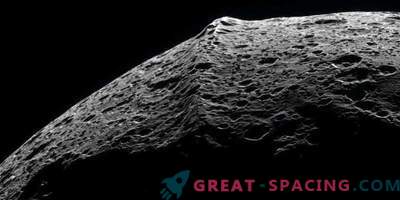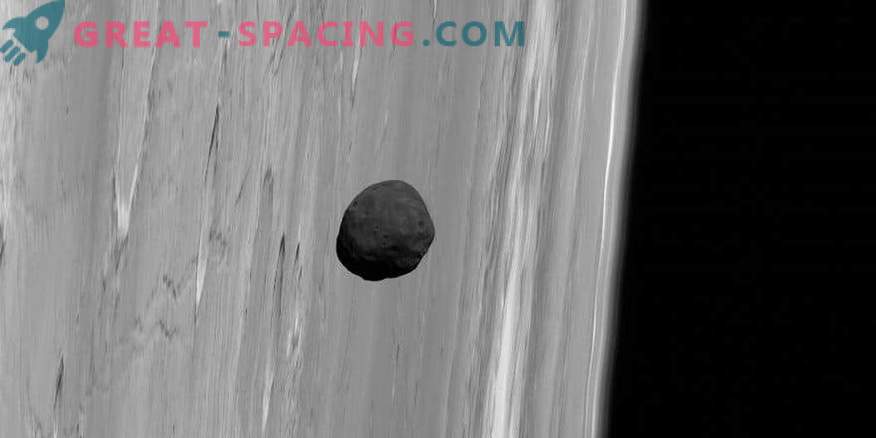
The larger satellite of Mars Phobos is mapped by the NASA Mars Express spacecraft in 2010
The strange shapes and colors of the tiny Martian satellites caused a long discussion about their origin. The dark sides of satellites resemble the primitive asteroids of the outer solar system, hinting at their asteroid nature and the capture of Mars by gravity. However, the shapes and angles of their orbits do not agree with the capture scenario.
A new look at the 20-year-old data from the Mars Global Surveyor mission suggests that satellites were formed after a strong collision of Mars with a large object, which led to the release of material into orbit. It seems that Phobos is more similar to the crust of the Red Planet than it seems. This is an important study that will contribute to a better understanding of the formation of planets and moons in the system and beyond.
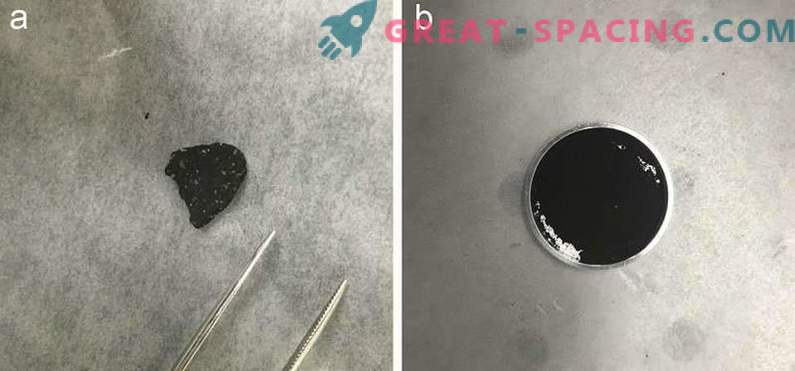
The new study compared the average IR spectra of the Tagish meteorite crystal (right) and the surface Phobos (left) obtained in 1998
Dark Objects
The discussion about the origin of the Martian satellites divided the scientific community into two disputing camps. In visible light, Phobos and Deimos look much darker than Mars, which supports the capture hypothesis. Researchers study the mineral composition of objects by breaking the reflected light into composite colors using a spectrophotometer, creating specific “prints”. Comparing these spectral imprints of planetary surfaces with a catalog of spectra of known minerals, it is possible to derive the composition of individual objects. Most studies have focused on the spectra in the visible and near-infrared light. In these reviews, Phobos and D-class asteroids look almost the same. D-class asteroids are almost black because they contain coal. This darkness and made believe that the satellite - an ordinary asteroid, attracted by Martian gravity. But the study of the orbit of satellites showed that such a scenario is simply impossible. Rather, the moon should have appeared simultaneously with Mars or after a massive impact on the planet.
Heat traces
In the last study they decided to come up with a new side, namely to focus on the middle of the infrared range. The researchers looked at the thermal signature of Phobos, obtained in 1998 using Mars Global Surveyor.
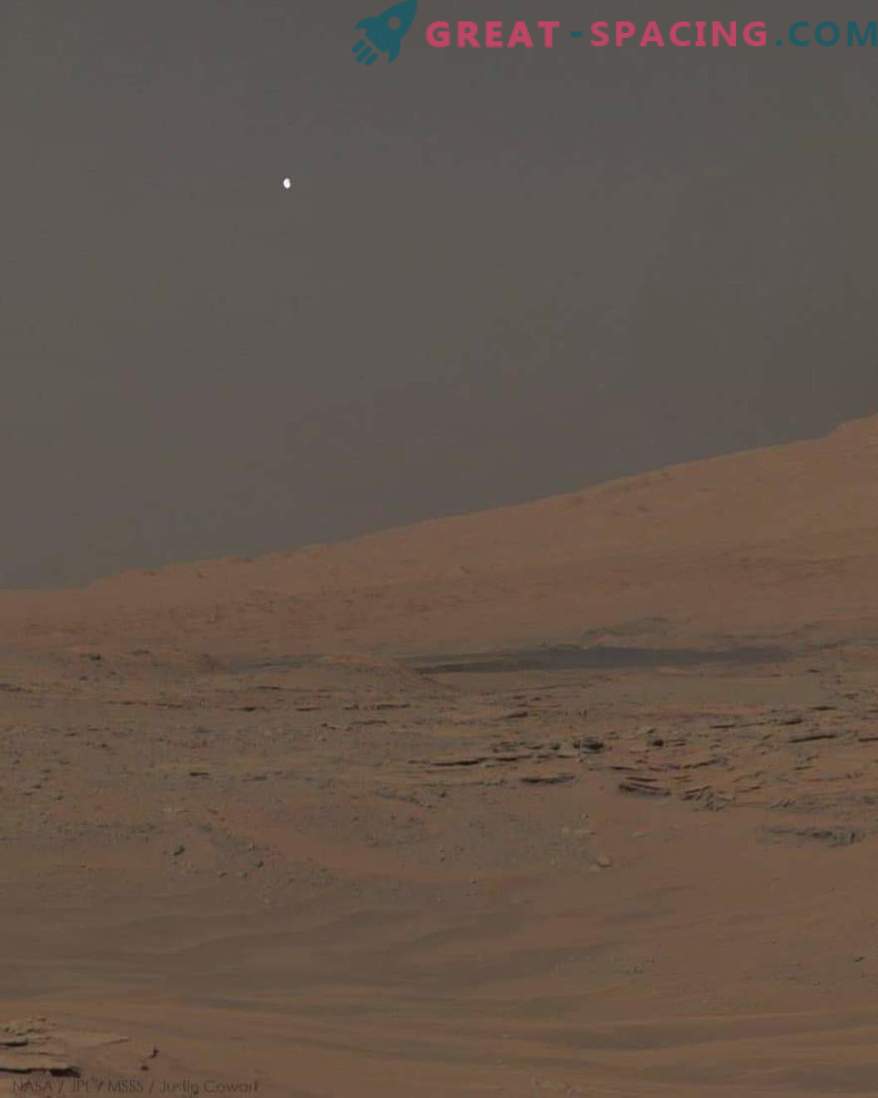
Phobos rises above the Martian mountains
Thermal energy, like visible light, can be divided into a “color” spectrum. Even objects that appear dark in visible light can glow in the characteristic IR spectrum. Phobos is extremely cold, but its thermal spectrum is endowed with a noticeable signature. When comparing the average IR spectra of the moon with samples of a meteorite that fell near Tagish Lake (British Columbia), it turned out that there is no similarity between them. Moreover, the greatest correspondence with Phobos was demonstrated by earth basalt. This is a volcanic rock that makes up most of the Martian crust.
Part of the Martian crust?
The new study does not claim that Phobos consists entirely of Martian material. Most likely, in front of us is a satellite that combines part of Mars and a shock object. However, some believe that the Tagish meteorite will not be the best example of D-class asteroids, as it is considered extremely unusual, and therefore not suitable for comparison. Therefore, a new study is unlikely to put an end to the dispute. Moreover, Phobos is subject to space weathering, which affects its reflection spectrum (difficult to reproduce in the laboratory).
In the next couple of years, scientists will be able to get answers if the OSIRIS-Rex and Hayabusa-2 vehicles deliver asteroid samples to Earth for analysis. There are already advancements, because two robots from the Japanese mission Hayabusa-2 descended on the asteroid Ryugu on September 21.
